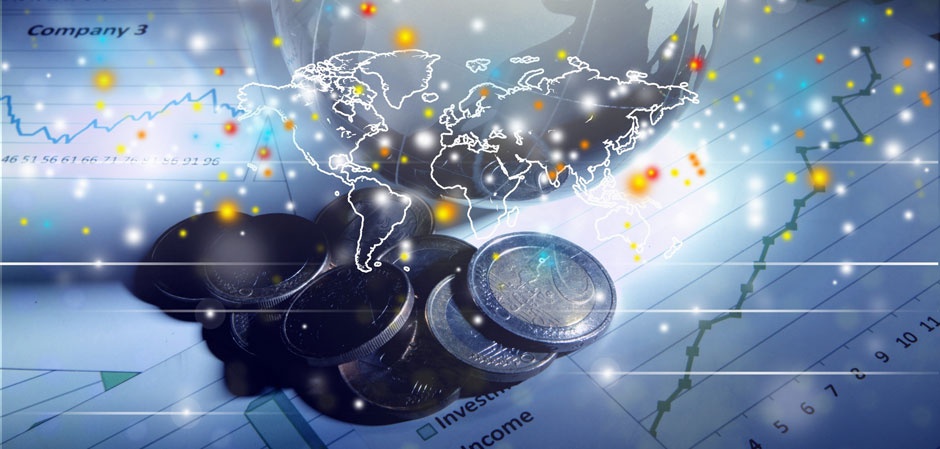About the financial cycle, or "Where is the money, Zin?"
part 1part 2

Communicating with manufacturers and retailers of any level, we often hear complaints about the lack of working capital. Moreover, the enterprises are entirely successful and developing. And conversations begin about loans, interest, debts and government support to pay off cash gaps. Realizing how important this topic is, we turned to the experience of a successful manager Svyatoslav Biryulin to find out if it is possible to find a way out in this situation and how to get on a stable financial road and finally get out of the impasse of credit dependence.
In 2010, back when I was a hired CEO, driving up to our office one morning, I saw a crowd at the entrance, clearly showing discontent. The crowd turned out to be employees of the company of our tenant, whom we will call, for example, Vadim. They stood in the rain and waited for their employer with their unpaid wages or at least workbooks. The workbooks were later found in an open safe, but the employees did not see the money. As Vadim's suppliers and we, the landlords, did not see them. What is most surprising in this situation, shortly before the incident, Vadim boasted to me that he had made a good profit.
The concept of "profit" in the sense of "income minus expenses" is clear to us intuitively, even if we are not in business. And even if we opened our first company yesterday, no later than three months later our accountant will tell us something about our profit or about its absence. And at the same time also about the fact that there is a tax on it. An intuitive understanding of profit leads us to the false idea that a big profit is necessarily a good thing. If you want to know all the reasons that net profit is not a sign of success, I refer you to my book "How to ruin everything and ruin a business", where a whole chapter is devoted to this. Here we will focus only on one aspect of this concept - the financial cycle.
The concept of "profit" in the sense of "income minus expenses" is clear to us intuitively, even if we are not in business.
Actually, managing the financial cycle for a financier is like identifying the need to buy something for a salesman, in other words, the ABC truth. But the problem of existing enterprises in Russia is most often that accountants are still responsible for money in many of them, for whom it is more important that the debit converges with the credit and that the tax service has no claims. I do not know how many companies in Russia have gone bankrupt due to inefficient management of the money cycle, but I guess that a very large number.
Take the case of Vadim. According to his management accounting, his company was profitable until the last minute, in the sense that its accrued income exceeded its accrued expenses. Such profit is often called paper profit by journalists, since it is only on paper. In fact, the company did not have the money to pay off employees, suppliers and landlords. The question is, where was the money? And the money was in inventory and accounts receivable.
The raw materials warehouse in its aggregate terms was equal to the four-month turnover of the company, despite the fact that all suppliers were within a radius of a hundred kilometers and there was no economic sense in such stocks. Dealers paid for the products very badly, but for the sake of revenue growth, the company forgave them. And Vadim's vanity, who wanted to be the largest manufacturer in the region, motivated him to work too actively and thoughtlessly with government orders. And government customers, as you know, are not too scrupulous in matters of timely payment.
The net working capital of the company, if you do not go into complicated financial terms, is current assets, that is, what you have, or what you will receive in the near future, minus what you have to give in the near future, namely short-term liabilities.
Thus, if you just list, the current assets are:
- short-term accounts receivable and money in accounts;
- stocks and raw materials;
- VAT on those goods that were purchased.
And short-term liabilities include:
- all types of debt to suppliers and buyers, to employees, to the budget;
- short-term loans;
- interest on long-term loans.
Net working capital is current assets minus short-term liabilities.
The circulation of money in business, which enter the company from customers, shareholders or banks and go to pay for raw materials, turn into a commodity, go to customers in the form of goods and return to business again, – this is the financial cycle. And so it is necessary to manage them for the successful functioning of the enterprise.
If what you have, including what you will receive in the near future, more or less corresponds to what you will have to pay in the near future, you are not in danger of a so-called "cash gap" when, regardless of what you have written in the line &"profit", you will have nothing to pay the bills with. But if you owe a lot more than you can get, that's a bad sign. Although, as practice shows, it's not always what to talk about later.